

- RFQ
- BOM
-
Contact Us
Tel: +86-0755-83501315
Email: sales@sic-components.com
- Chinese
- English
- French
- German
- Portuguese
- Spanish
- Russian
- Japanese
- Korean
- Arabic
- Irish
- Greek
- Turkish
- Italian
- Danish
- Romanian
- Indonesian
- Czech
- Afrikaans
- Swedish
- Polish
- Basque
- Catalan
- Esperanto
- Hindi
- Lao
- Albanian
- Amharic
- Armenian
- Azerbaijani
- Belarusian
- Bengali
- Bosnian
- Bulgarian
- Cebuano
- Chichewa
- Corsican
- Croatian
- Dutch
- Estonian
- Filipino
- Finnish
- Frisian
- Galician
- Georgian
- Gujarati
- Haitian
- Hausa
- Hawaiian
- Hebrew
- Hmong
- Hungarian
- Icelandic
- Igbo
- Javanese
- Kannada
- Kazakh
- Khmer
- Kurdish
- Kyrgyz
- Latin
- Latvian
- Lithuanian
- Luxembou..
- Macedonian
- Malagasy
- Malay
- Malayalam
- Maltese
- Maori
- Marathi
- Mongolian
- Burmese
- Nepali
- Norwegian
- Pashto
- Persian
- Punjabi
- Serbian
- Sesotho
- Sinhala
- Slovak
- Slovenian
- Somali
- Samoan
- Scots Gaelic
- Shona
- Sindhi
- Sundanese
- Swahili
- Tajik
- Tamil
- Telugu
- Thai
- Ukrainian
- Urdu
- Uzbek
- Vietnamese
- Welsh
- Xhosa
- Yiddish
- Yoruba
- Zulu
- Kinyarwanda
- Tatar
- Oriya
- Turkmen
- Uyghur
IoT Sensor Types,Features, and Applications
Sensors are the "nerve endings" of the Internet of Things (IoT), enabling devices to perceive, measure, and interact with the physical world. From smart homes to industrial factories, IoT sensors convert environmental stimuli into digital data, forming the foundation of connected systems. This article explores their key types, defining features, and real-world applications.
I. Core IoT Sensor Types
IoT sensors are categorized by the physical or chemical phenomena they detect, each tailored to specific environments and use cases.
1. Environmental Sensors
These monitor ambient conditions, critical for climate control, pollution tracking, and safety systems:
Temperature/Humidity Sensors: (e.g., SHT31) Measure air temperature (-40°C to 125°C) and relative humidity (0-100% RH) with ±0.3°C/±2% RH accuracy. Used in smart thermostats and greenhouse management.
https://www.sic-components.com/humidity-moisture-sensors
Gas Sensors: (e.g., MQ-2) Detect gases like CO, methane, or smoke. Deployed in industrial leak detection and home fire alarms.
https://www.sic-components.com/gas-sensors
Light Sensors: (e.g., BH1750) Measure illuminance (1-65535 lux) for automatic lighting in offices or streetlights.
2. Motion and Position Sensors
These track movement, orientation, or location, enabling navigation and activity recognition:
Accelerometers: (e.g., ADXL345) Detect linear acceleration (±16g) for motion-triggered devices (e.g., fitness trackers counting steps).
Gyroscopes: (e.g., ITG3200) Measure angular velocity, pairing with accelerometers in drones for stable flight.
GPS/GNSS Modules: (e.g., NEO-6M) Provide geolocation (±2.5m accuracy) for fleet tracking and logistics.
3. Biometric and Health Sensors
Designed for human-centric monitoring, these support healthcare and wellness applications:
Heart Rate Sensors: (e.g., MAX30102) Use photoplethysmography (PPG) to measure pulse rate (30-250 BPM) in smartwatches.
Blood Glucose Sensors: (e.g., Freestyle Libre) Continuously track glucose levels via interstitial fluid, aiding diabetes management.
ECG Sensors: (e.g., AD8232) Detect cardiac electrical activity for remote patient monitoring.
4. Industrial and Mechanical Sensors
Built for rugged environments, these optimize machinery performance and prevent failures:
Vibration Sensors: (e.g., IEPE accelerometers) Monitor equipment vibration (1-10kHz) to predict motor or turbine breakdowns.
Pressure Sensors: (e.g., BMP280) Measure fluid/gas pressure (300-1100 hPa) in hydraulic systems or weather stations.
Proximity Sensors: (e.g., IR-based GP2Y0A21YK) Detect object presence (2-40cm) for automated assembly lines.
5. Chemical and Biological Sensors
These identify substances at the molecular level, critical for food safety and environmental monitoring:
pH Sensors: (e.g., Atlas Scientific pH) Measure acidity/alkalinity (0-14 pH) in water treatment plants.
Biological Sensors: (e.g., PCR-based sensors) Detect pathogens (e.g., COVID-19) in healthcare or agricultural settings.
II. Key Features of IoT Sensors
IoT sensors differ from traditional sensors by their adaptability to connected ecosystems. Core features include:
Low Power Consumption: Optimized for battery operation (e.g., 10-50µA in sleep mode) to support years of use in remote locations (e.g., forest fire sensors).
Wireless Connectivity: Integrate with Bluetooth Low Energy (BLE), LoRaWAN, or NB-IoT for data transmission without wired infrastructure.
Miniaturization: Compact designs (e.g., 2mm×2mm chips) fit into wearables, drones, or tiny environmental probes.
High Accuracy and Precision: Critical for applications like medical devices (e.g., ±0.1°C for MRI room temperature sensors).
Edge Intelligence: Some sensors (e.g., with embedded MCUs) process data locally to reduce latency, ideal for real-time systems like autonomous vehicles.
Ruggedness: Industrial sensors resist dust, moisture (IP67/IP68 ratings), and extreme temperatures (-40°C to 85°C) for factory floors or oil rigs.
III. Real-World Applications
IoT sensors drive innovation across industries by enabling data-driven decision-making:
1. Smart Homes
Temperature/humidity sensors (e.g., Nest) adjust HVAC systems, cutting energy use by 15-20%.
Motion sensors trigger lights or security cameras, enhancing convenience and safety.
2. Industrial IoT (IIoT)
Vibration and pressure sensors in manufacturing plants predict equipment failures, reducing downtime by up to 30%.
Gas sensors monitor chemical leaks in refineries, preventing accidents and ensuring compliance with safety regulations.
3. Healthcare
Wearable heart rate and ECG sensors (e.g., Apple Watch) enable remote patient monitoring, alerting clinicians to anomalies.
Blood glucose sensors provide real-time data for diabetics, reducing emergency hospital visits.
4. Agriculture
Soil moisture and pH sensors optimize irrigation and fertilization, increasing crop yields by 20% while conserving water.
Weather sensors forecast conditions to protect livestock and crops from extreme events.
5. Smart Cities
Air quality sensors (e.g., deployed in Beijing) monitor pollutants like PM2.5, guiding traffic restrictions and public health advisories.
Smart parking sensors detect vacant spots, reducing traffic congestion by 15-20% in urban areas.
Conclusion
IoT sensors are the backbone of connected systems, bridging the physical and digital worlds. Their diversity—from environmental monitors to biometric trackers—enables solutions across industries, while features like low power and wireless connectivity expand their reach to remote or harsh environments. As IoT evolves, sensor innovation (e.g., AI-integrated edge processing, energy harvesting) will further unlock efficiency, safety, and sustainability, making them indispensable to the future of technology.
https://www.sic-components.com/sensors-transducers

Hot Products
View MoreRelated Blogs

2000+
Daily average RFQ Volume

30,000,000
Standard Product Unit

2800+
Worldwide Manufacturers

15,000 m2
In-stock Warehouse




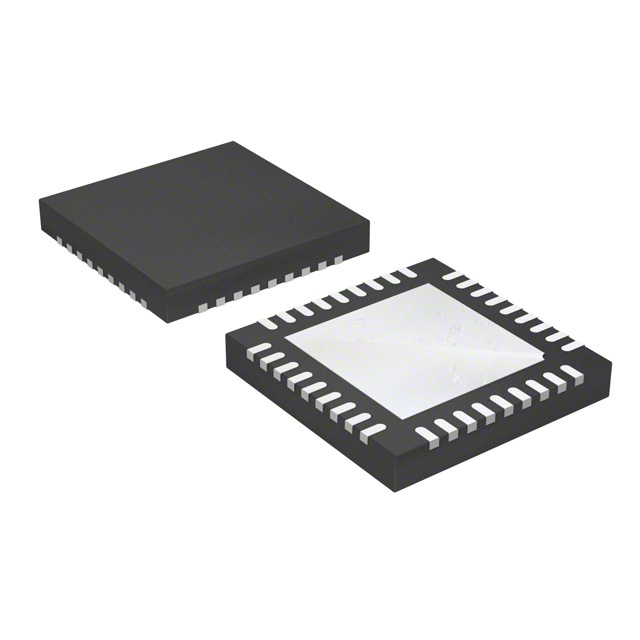
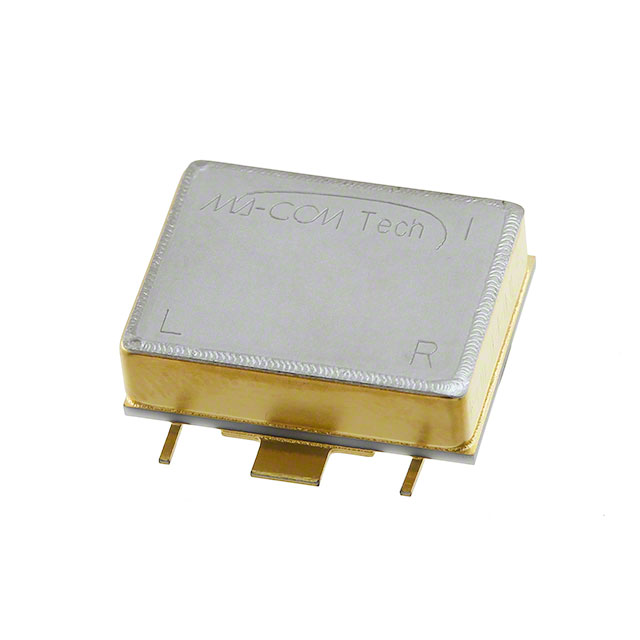
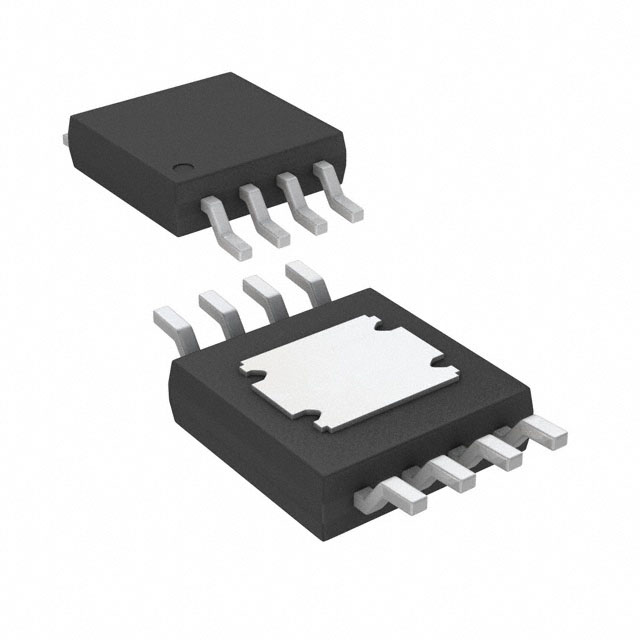
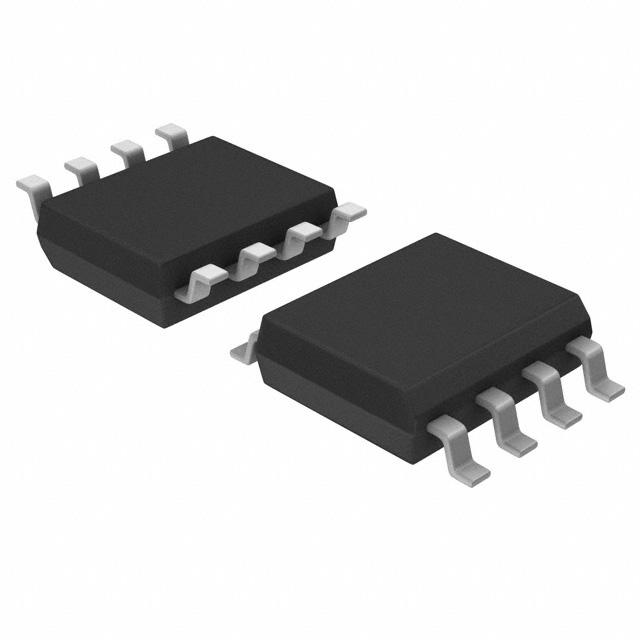
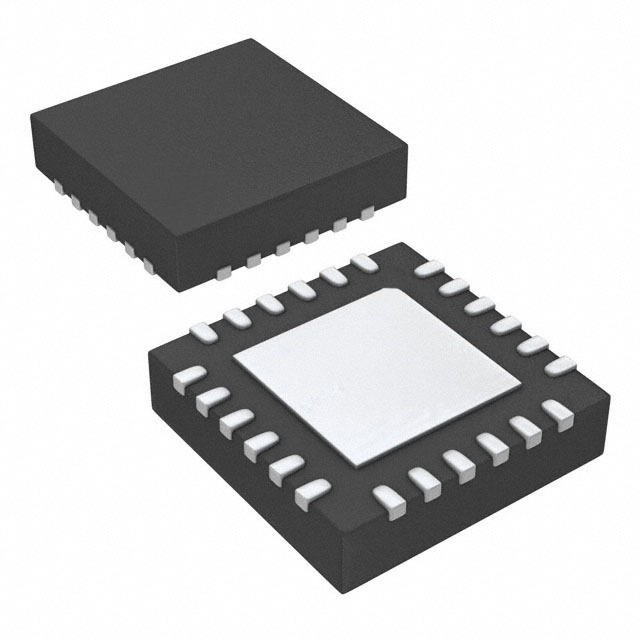
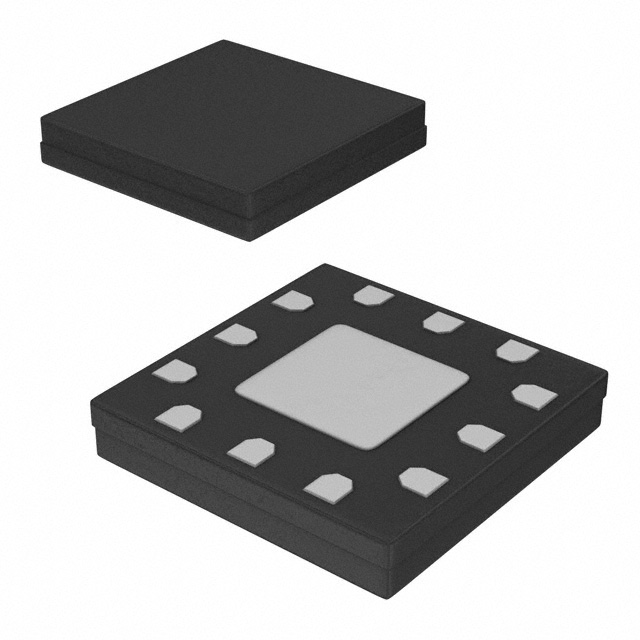
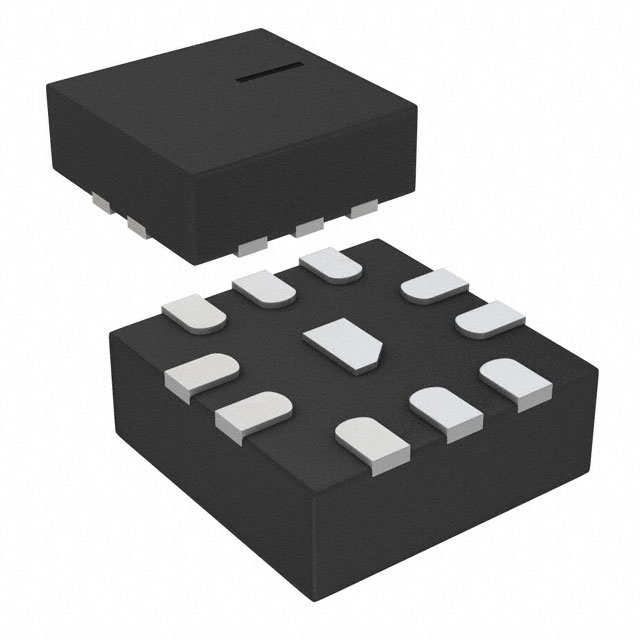
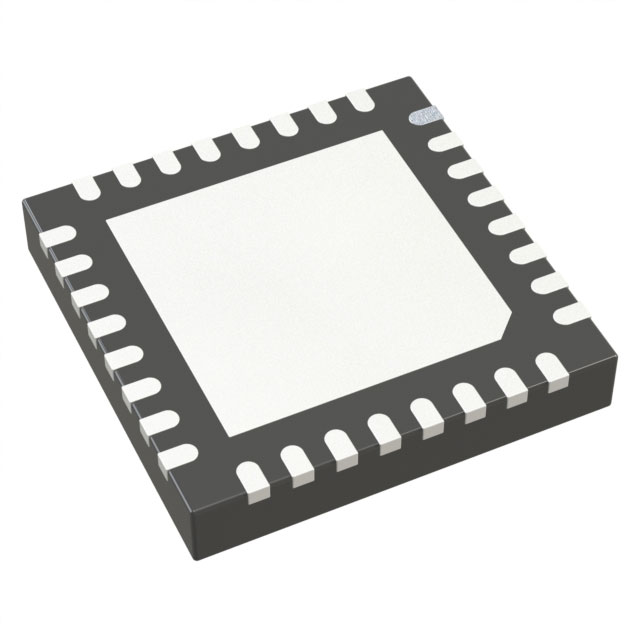
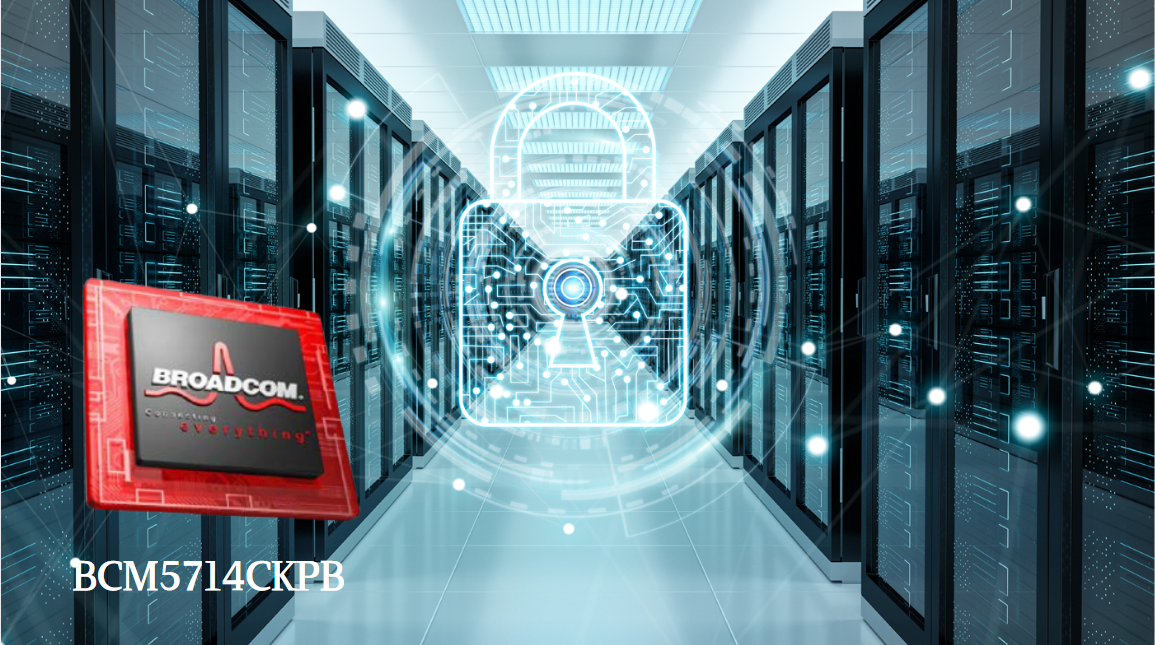
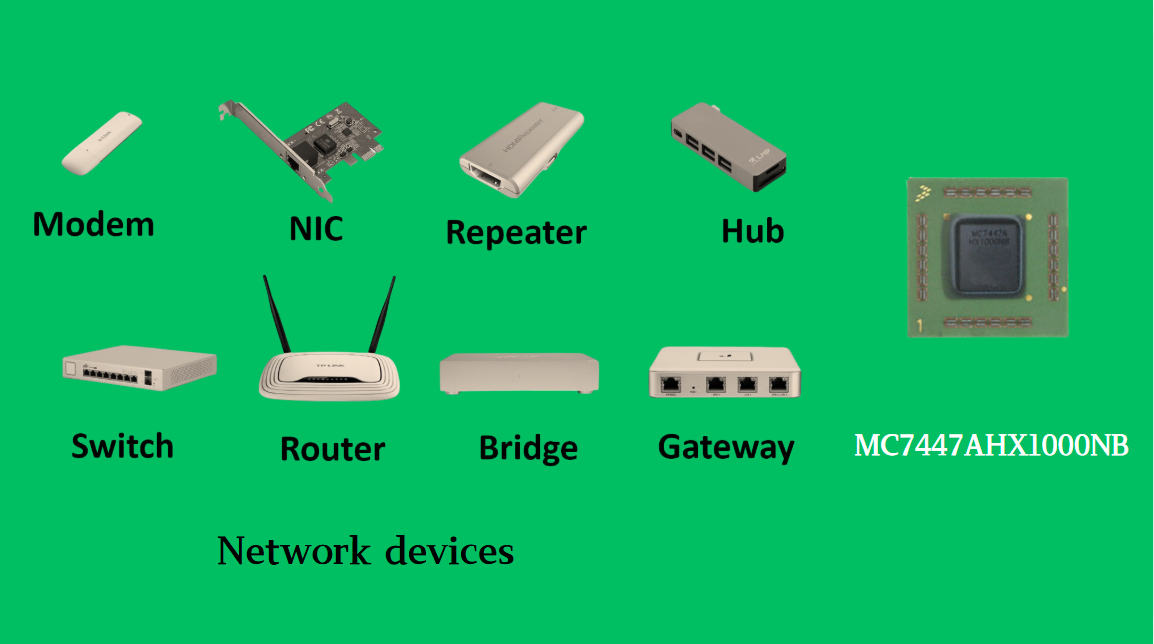
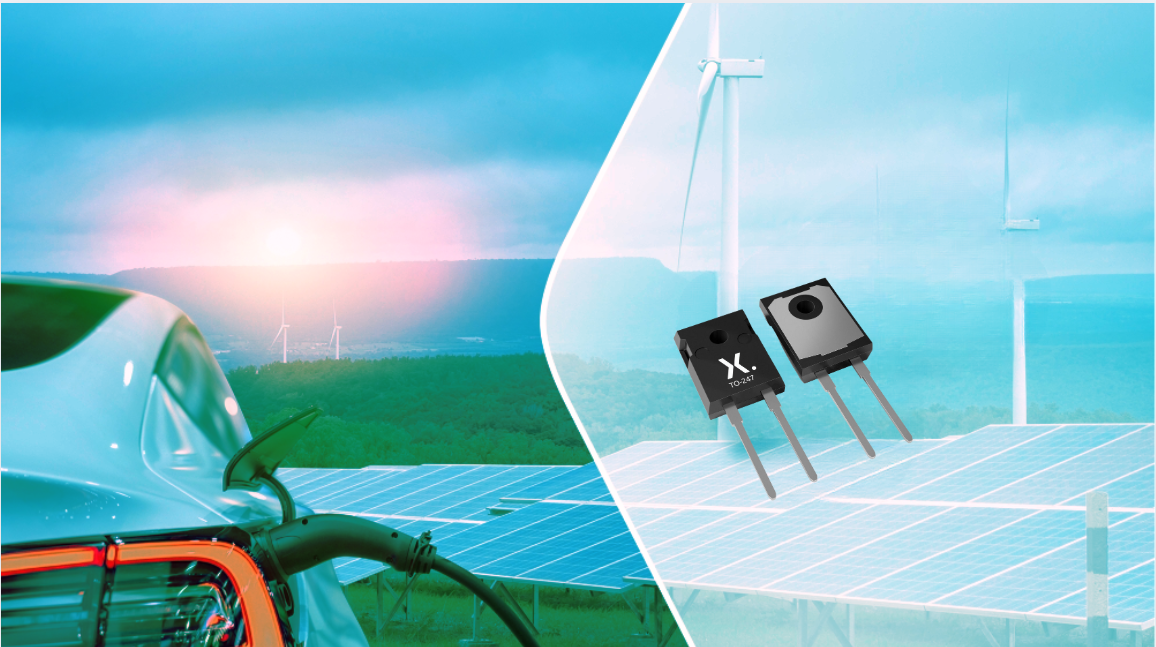







 Wishlist (0 Items)
Wishlist (0 Items)